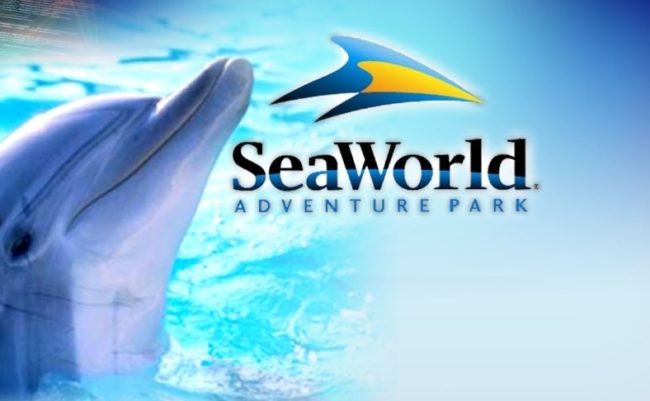
Saving SeaWorld
It is hard to imagine a brand that has taken more hits than SeaWorld.
The company operates twelve theme parks in the United States and is best known for its spectacular shows featuring killer whales, including the star of the show, Shamu. For many years, parents and kids have delighted in the remarkable parks, marveling at the whales, dolphins and other marine critters. SeaWorld was a cherished a brand.
Trouble started in 2010 when a killer whale name Tilikum killed SeaWorld trainer Dawn Brancheau during a show. OSHA then accused the company of having unsafe labor practices, leading to a string of court battles.
In 2013, the film Blackfish—which tells the story of Brancheau’s death—debuted at the Sundance Film Festival. It received wide acclaim and subsequently gained broader distribution, both at the box office and online, and the documentary inspired a social media frenzy.
SeaWorld began receiving widespread criticism for its killer whale shows and its broader treatment of animals. PETA launched a campaign called “SeaWorld of Hurt,” noting on its website, “SeaWorld enslaves animals in tiny, concrete tanks at marine abusement parks around the country…. It’s a business built on the suffering of intelligent, social animals who are denied everything that is natural and important to them.”
In 2016, SeaWorld announced it would end its captive breeding program and eventually phase out the killer whale shows.
Not surprisingly, all of this attention battered the SeaWorld brand, and the business collapsed. Who wants to visit a park that exploits animals? Attendance slumped, leading to revenue declines and layoffs. Profit tumbled, and the SeaWorld stock fell by more than 50%. The company lost more than $200 million in 2017 and today the CEO stepped down.
How do you rebuild a brand like SeaWorld?
The company is taking the first steps. This month, during the Winter Olympics, SeaWorld started running a new campaign on national TV. The effort, called “Park to Planet,” aims to position SeaWorld as a force for good in the world. The company started the effort in 2017 with a targeted regional launch. You can see the commercial below or here.
On its website, SeaWorld explains the effort:
We’re on a mission, and it’s big. But not impossible. Together we’re going to protect marine life and the oceans they call home.
Your visit to SeaWorld isn’t just a chance to feel connected to the ocean and its creatures—it’s a chance for you to play a part in protecting our planet.
Each ticket, each visit, each experience at our parks helps fund wildlife rescue and rehabilitation efforts, habitat protections, and ocean health initiatives.
The ad and website highlight that SeaWorld has completed more than 30,000 animal rescues.
Will it work?
I suspect it will. SeaWorld is rebuilding positive associations. The company is giving people a reason to visit: it is fun, and you can feel good about doing it. PETA supporters won’t be lining up anytime soon, but a family in Minneapolis might include SeaWorld on its next trip to Orlando.
The key question is credibility. SeaWorld has to live up to the promise, investing in animal rescue and research. At the same time, SeaWorld has to prioritize animal care.
If you believe it is possible to rebuild the SeaWorld brand, this would be a great time to buy the stock.
Comments RSS Feed